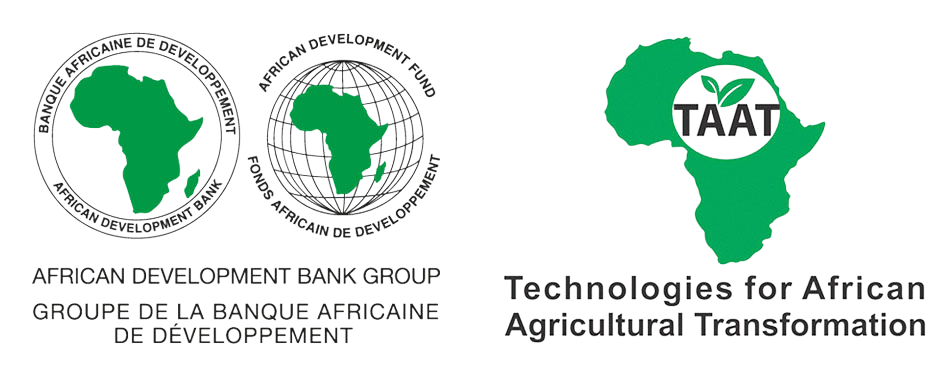

The largest free resource for biological plant protection!
The CABI BioProtection Portal is an international, multilingual digital platform designed to improve market visibility for nationally registered biocontrol and biopesticide products. Available on desktop and mobile (Android and iOS), the portal allows users to filter products by country, crop, and pest, helping businesses connect their offerings to targeted end-users. Its searchable directory supports regulatory compliance while expanding product reach in both online and offline contexts through downloadable country packs. The platform also houses practical scientific resources that explain how bioprotection products can be integrated into farming systems, supporting customer education and uptake.
This technology is pre-validated.
Copyright
The CABI BioProtection Portal is a free, multilingual digital platform that helps businesses identify and promote locally registered biological crop protection products. By supporting precise pest management decisions, it enables agribusinesses, suppliers, and service providers to reduce chemical reliance, meet sustainability targets, and align with growing consumer and regulatory demand for safer, eco-friendly solutions.
To integrate this technology into agribusiness operations, key steps include:
Adults 18 and over: Positive high
Using bioprotection products instead of (highly hazardous) pesticides reduces risks to human health at all stages of the process, from production through to application and finally product consumption.
The poor: Positive low
Women: Positive low
The Portal can facilitating women's access to advisory services and bioprotection products where they may not have otherwise been able to easily access information.
Climate adaptability: Highly adaptable
Each product registered on the Portal is approved by the national regulator, meaning it is available for use in the climate(s) of that country.
Farmer climate change readiness: Significant improvement
Biodiversity: Positive impact on biodiversity
Biocontrol enables greater biodiversity by ensuring multiple species coexist. Chemicals from pesticides can run off or leach into water bodies, affecting aquatic life and drinking water availability. Minimising the use of chemical pesticides helps protect beneficial insects and soil microbes, which play a role in pollination, pest control and soil health. This allows for a healthier ecosystem, preventing imbalances and enabling better soil fertility and water quality, which help enable higher crop yields and improved food security.
Environmental health: Greatly improves environmental health
Biocontrol enables greater biodiversity by ensuring multiple species coexist. Chemicals from pesticides can run off or leach into water bodies, affecting aquatic life and drinking water availability. Minimising the use of chemical pesticides helps protect beneficial insects and soil microbes, which play a role in pollination, pest control and soil health. This allows for a healthier ecosystem, preventing imbalances and enabling better soil fertility and water quality, which help enable higher crop yields and improved food security.
Soil quality: Does not affect soil health and fertility
Biocontrol enables greater biodiversity by ensuring multiple species coexist. Chemicals from pesticides can run off or leach into water bodies, affecting aquatic life and drinking water availability. Minimising the use of chemical pesticides helps protect beneficial insects and soil microbes, which play a role in pollination, pest control and soil health. This allows for a healthier ecosystem, preventing imbalances and enabling better soil fertility and water quality, which help enable higher crop yields and improved food security.
| Country | Testing ongoing | Tested | Adopted |
|---|---|---|---|
| Burkina Faso | –No ongoing testing | –Not tested | Adopted |
| Cape Verde | –No ongoing testing | –Not tested | Adopted |
| Chad | –No ongoing testing | –Not tested | Adopted |
| Côte d’Ivoire | –No ongoing testing | –Not tested | Adopted |
| Egypt | –No ongoing testing | –Not tested | Adopted |
| Gambia | –No ongoing testing | –Not tested | Adopted |
| Ghana | –No ongoing testing | –Not tested | Adopted |
| Guinea-Bissau | –No ongoing testing | –Not tested | Adopted |
| Kenya | –No ongoing testing | –Not tested | Adopted |
| Malawi | –No ongoing testing | –Not tested | Adopted |
| Mali | –No ongoing testing | –Not tested | Adopted |
| Mauritania | –No ongoing testing | –Not tested | Adopted |
| Morocco | –No ongoing testing | –Not tested | Adopted |
| Mozambique | –No ongoing testing | –Not tested | Adopted |
| Niger | –No ongoing testing | –Not tested | Adopted |
| Senegal | –No ongoing testing | –Not tested | Adopted |
| South Africa | –No ongoing testing | –Not tested | Adopted |
| Tanzania | –No ongoing testing | –Not tested | Adopted |
| Uganda | –No ongoing testing | –Not tested | Adopted |
This technology can be used in the colored agro-ecological zones. Any zones shown in white are not suitable for this technology.
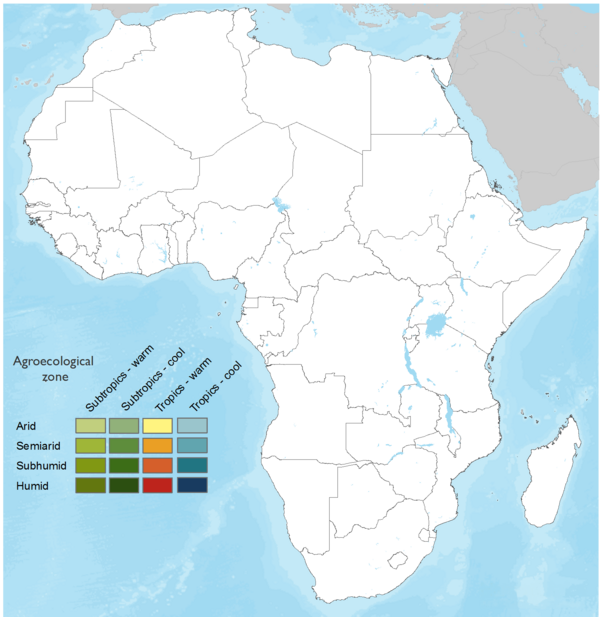
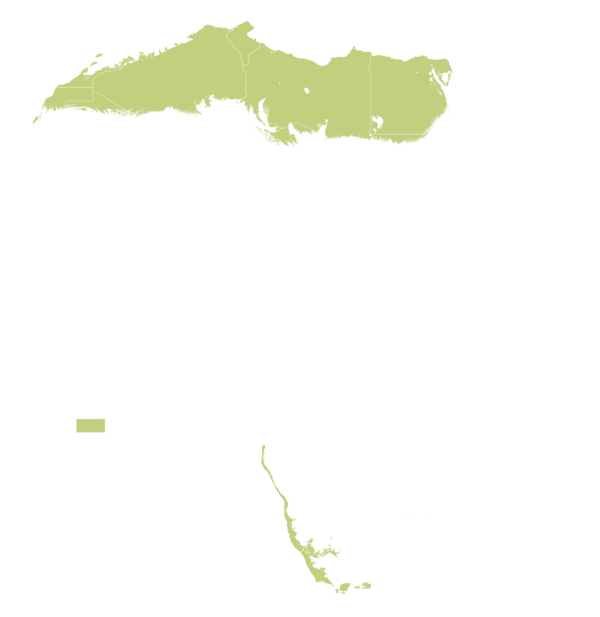

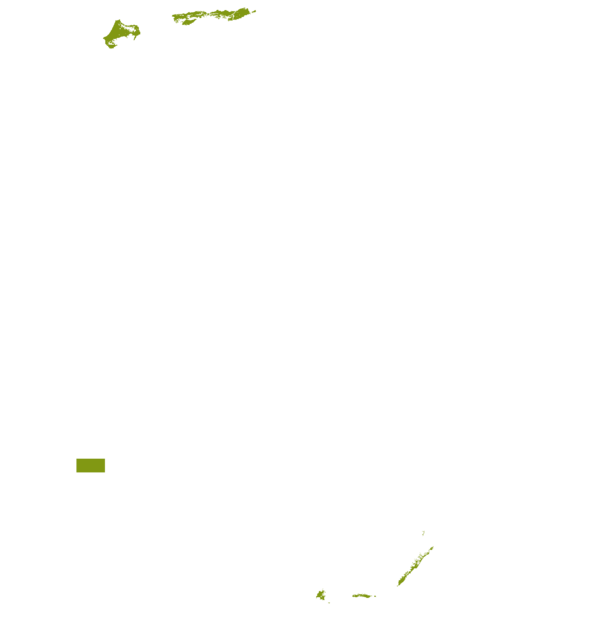
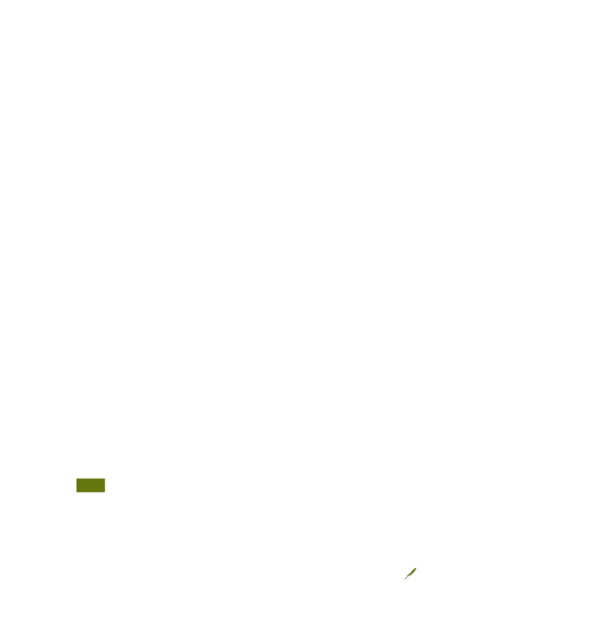

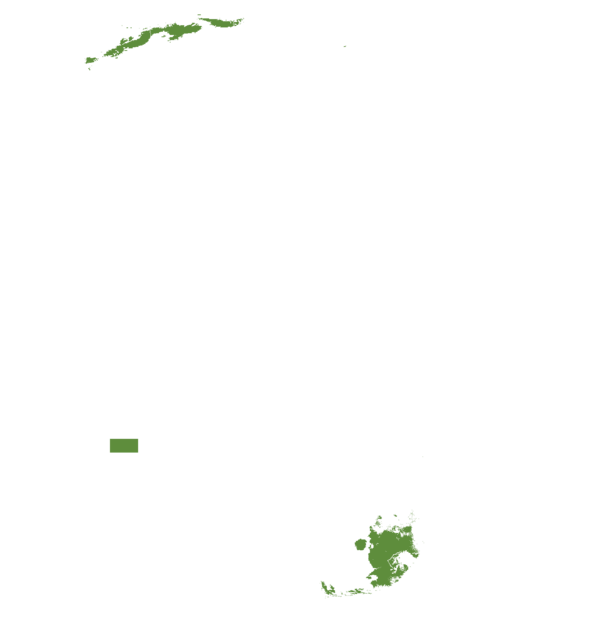
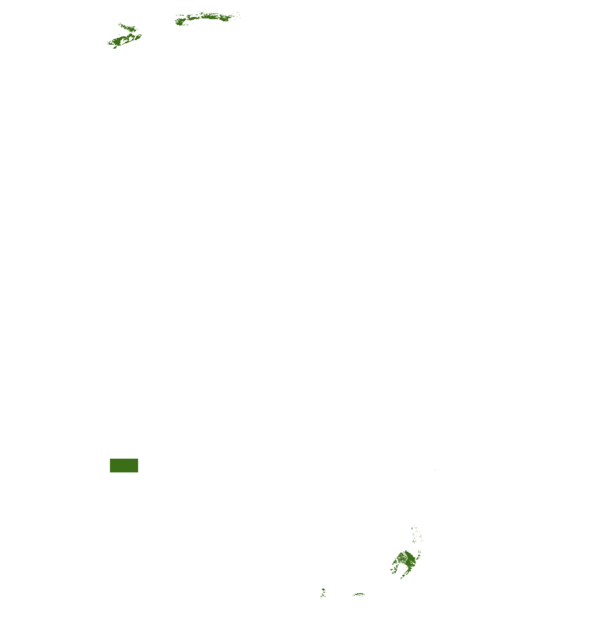

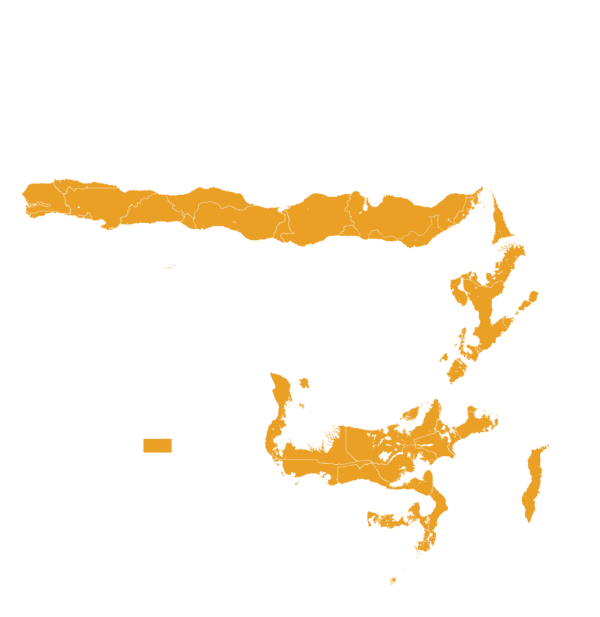
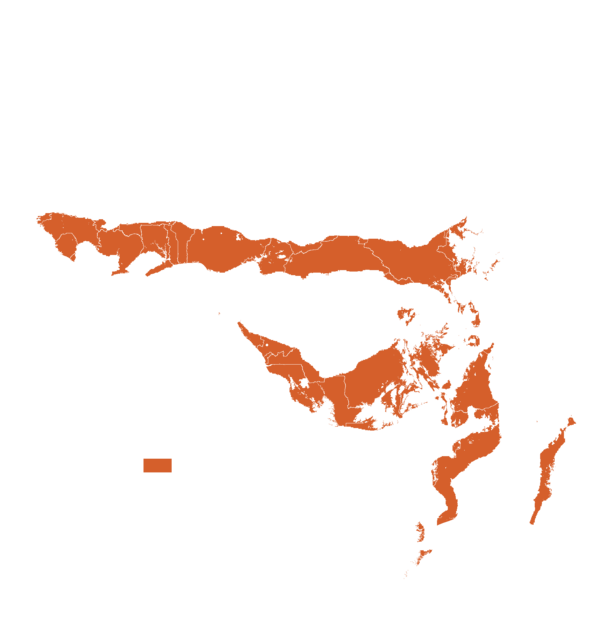

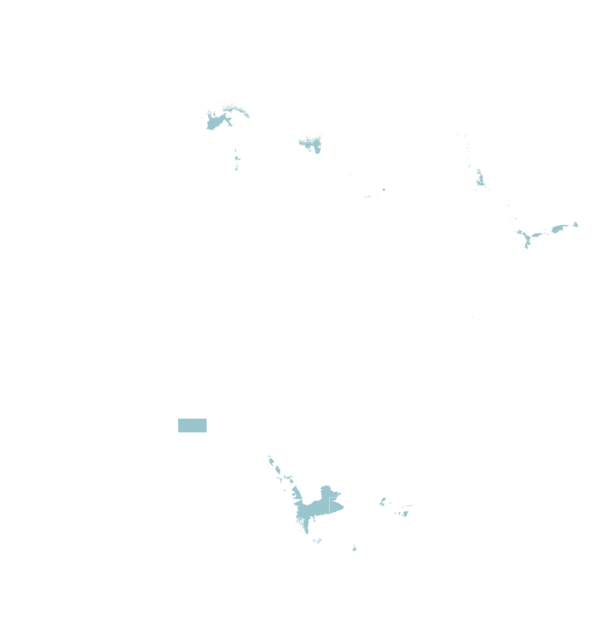

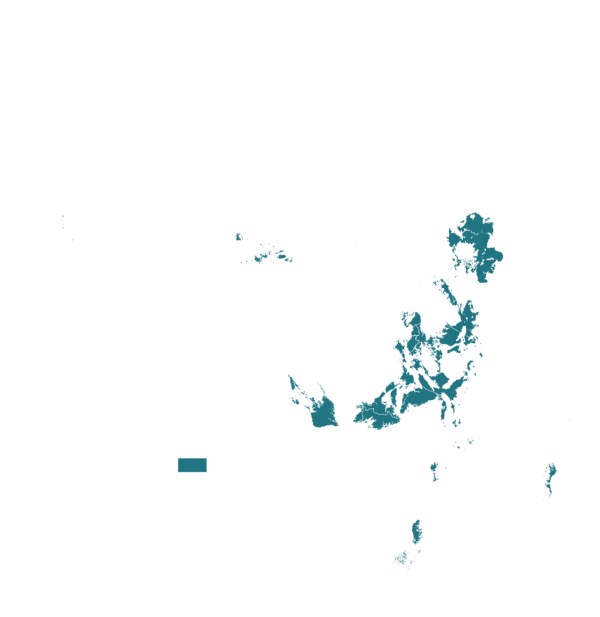
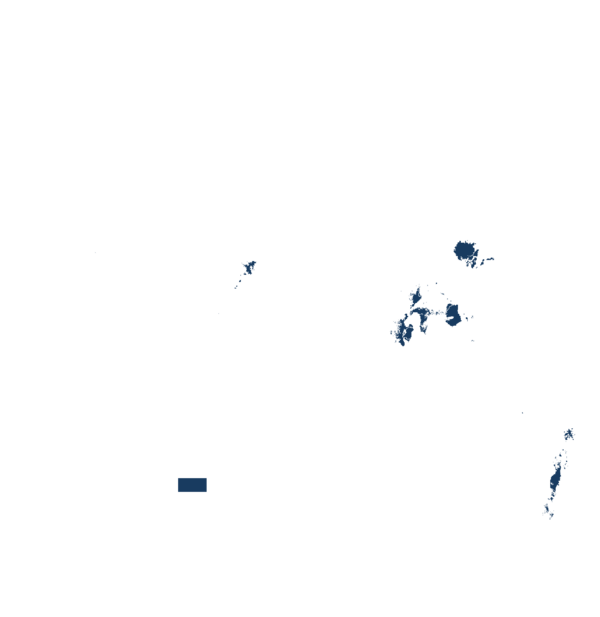
| AEZ | Subtropic - warm | Subtropic - cool | Tropic - warm | Tropic - cool |
|---|---|---|---|---|
| Arid | ||||
| Semiarid | ||||
| Subhumid | ||||
| Humid |
Source: HarvestChoice/IFPRI 2009
The United Nations Sustainable Development Goals that are applicable to this technology.
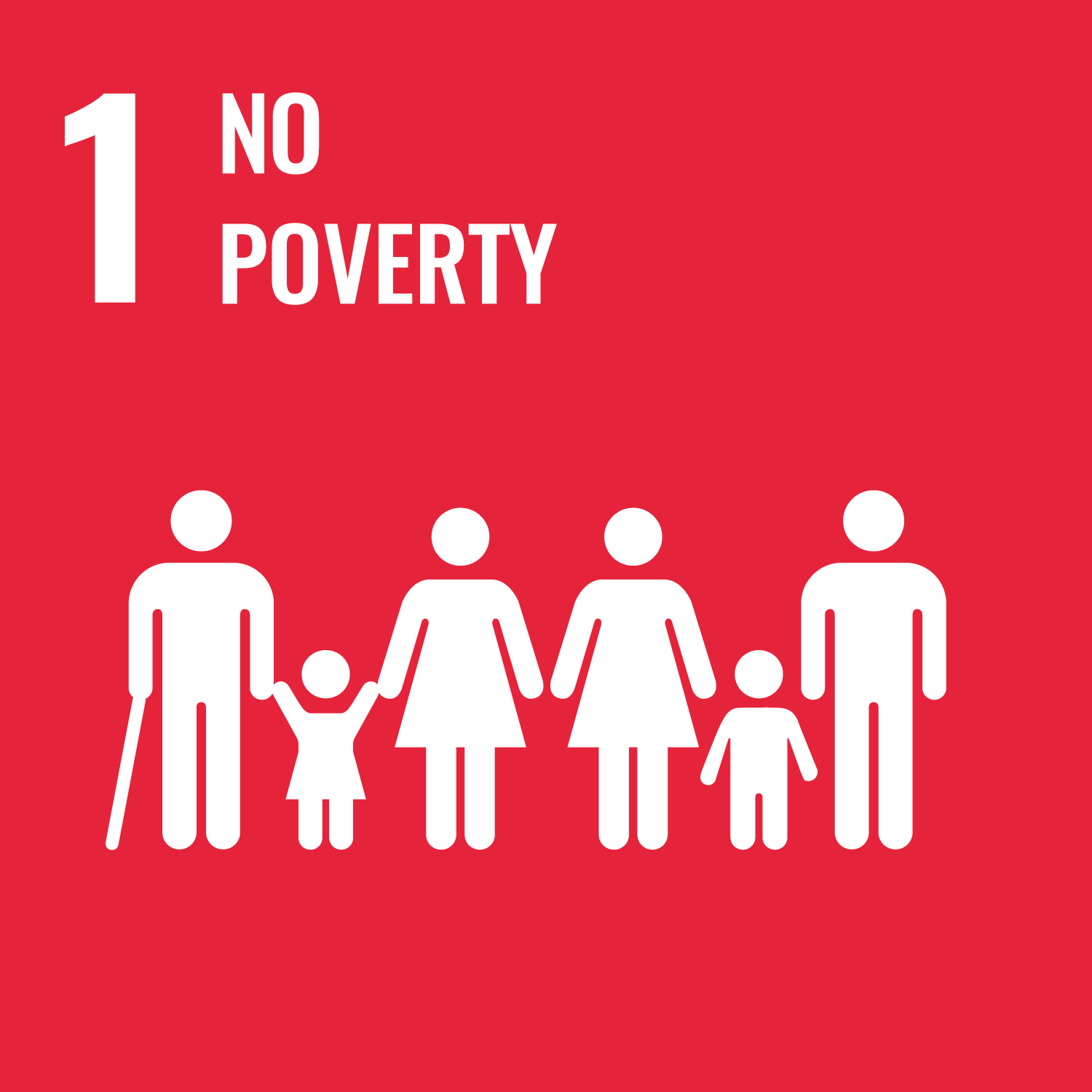
Supporting farmers to reduce crop losses and build resilience to pests and diseases, and supporting agricultural service providers to deliver better and more sustainable results.
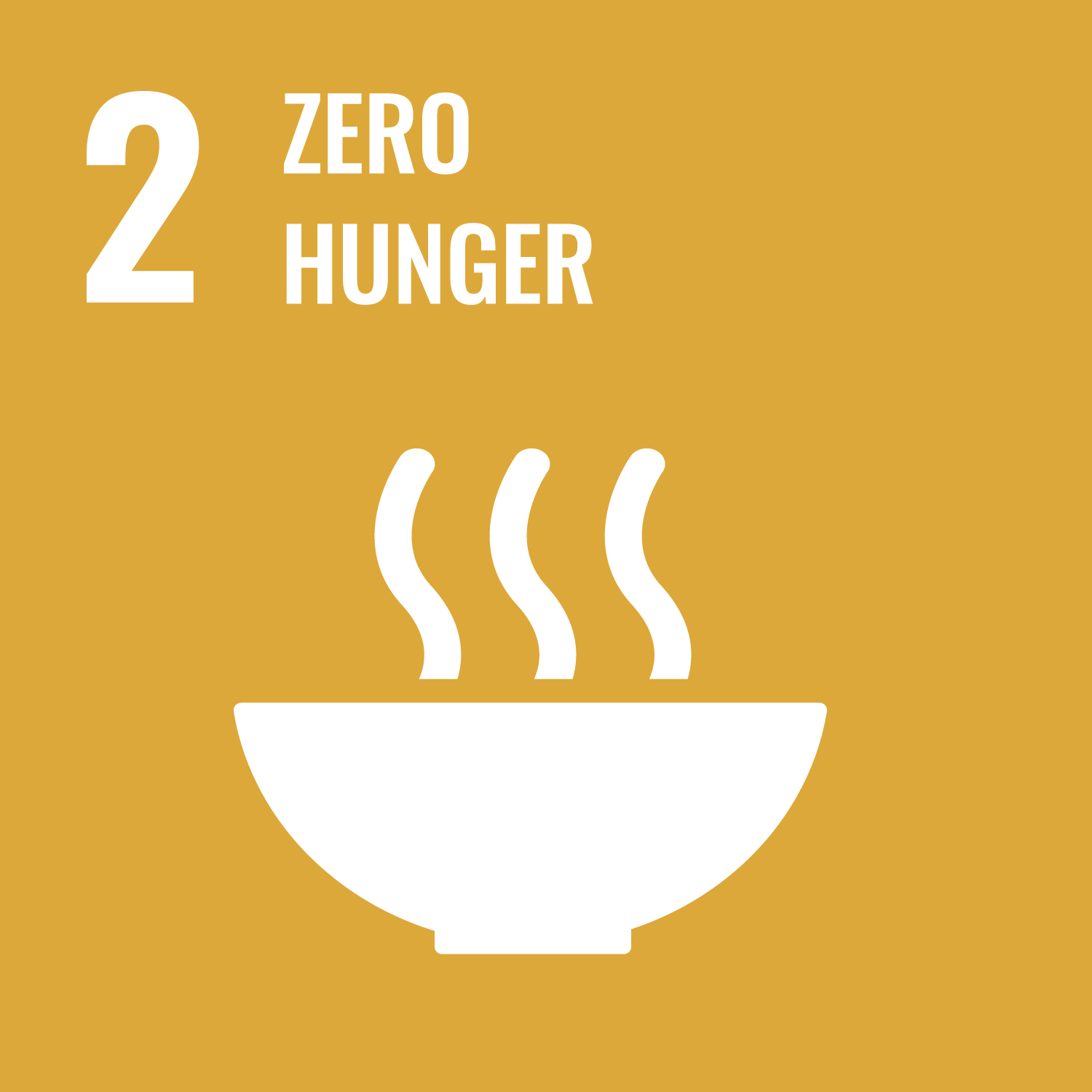
Increasing food security by helping farmers respond to pest threats and increasing access to safer foods by supporting farmers and countries to reduce the use of highly hazardous pesticides in favour of biological controls.
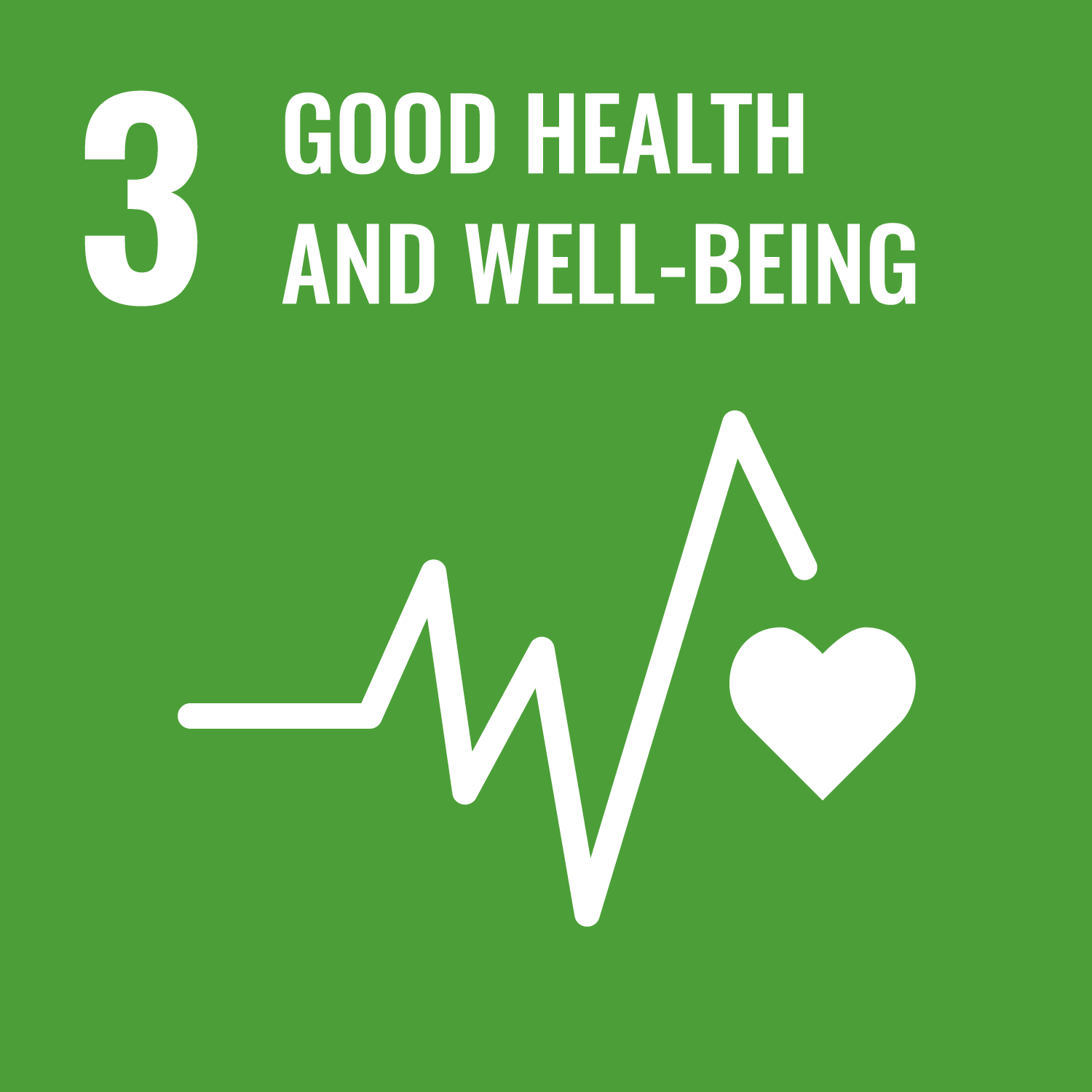
Reducing exposure to highly hazardous pesticides amongst agricultural workers.
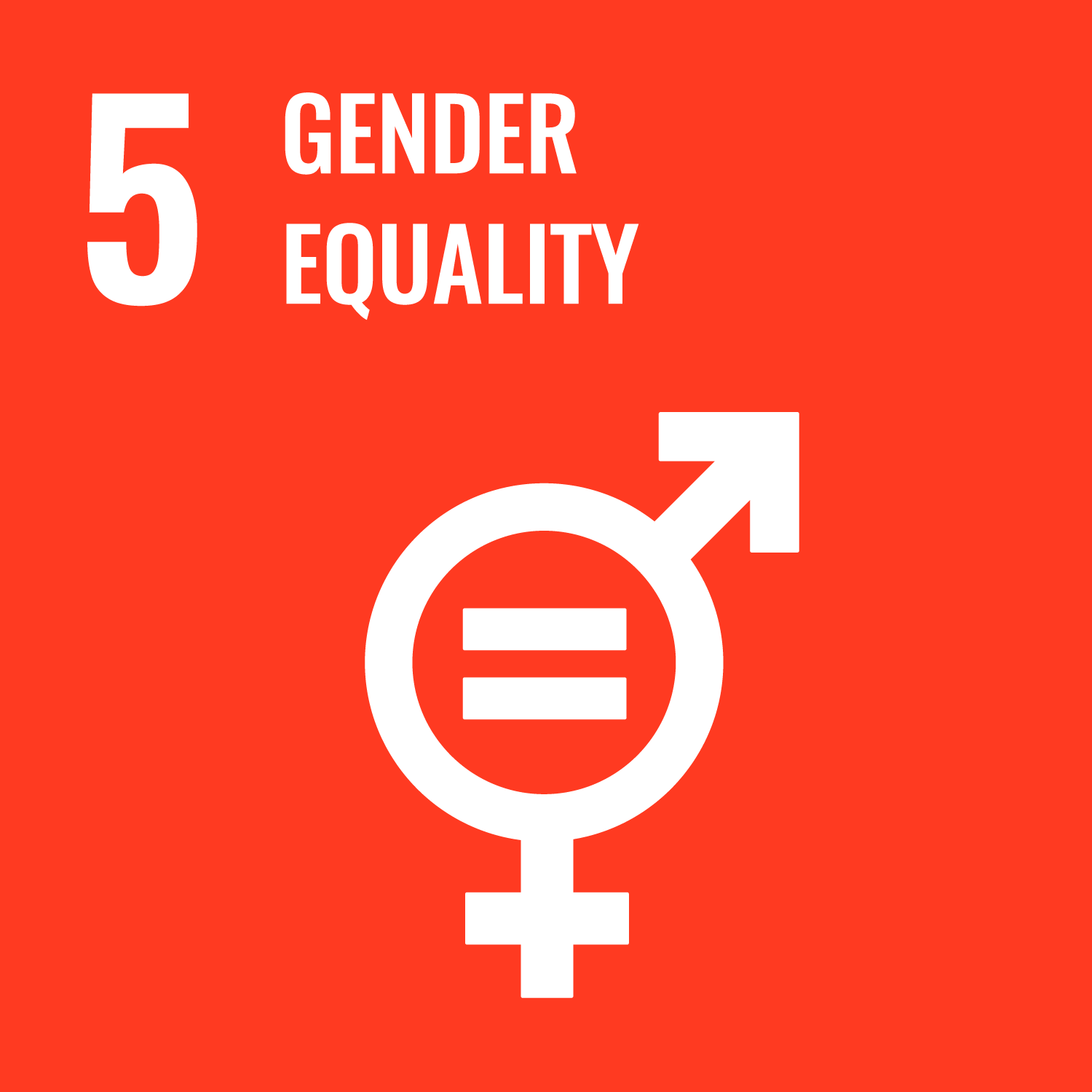
Facilitating women's access to advisory services and inputs, as well as for men and youth
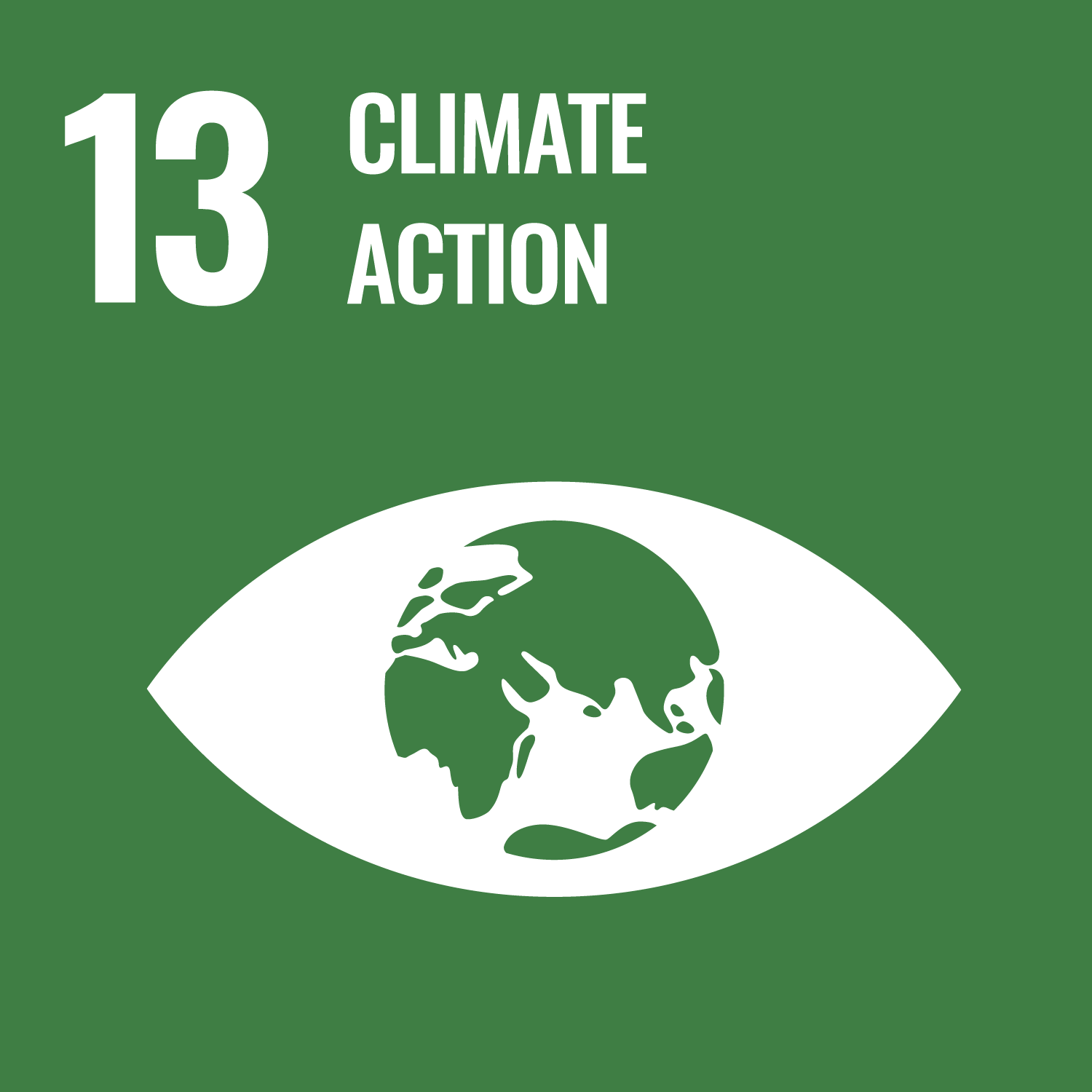
Equipping farmers and agricultural stakeholders with plant health advice that supports climate-resilience.
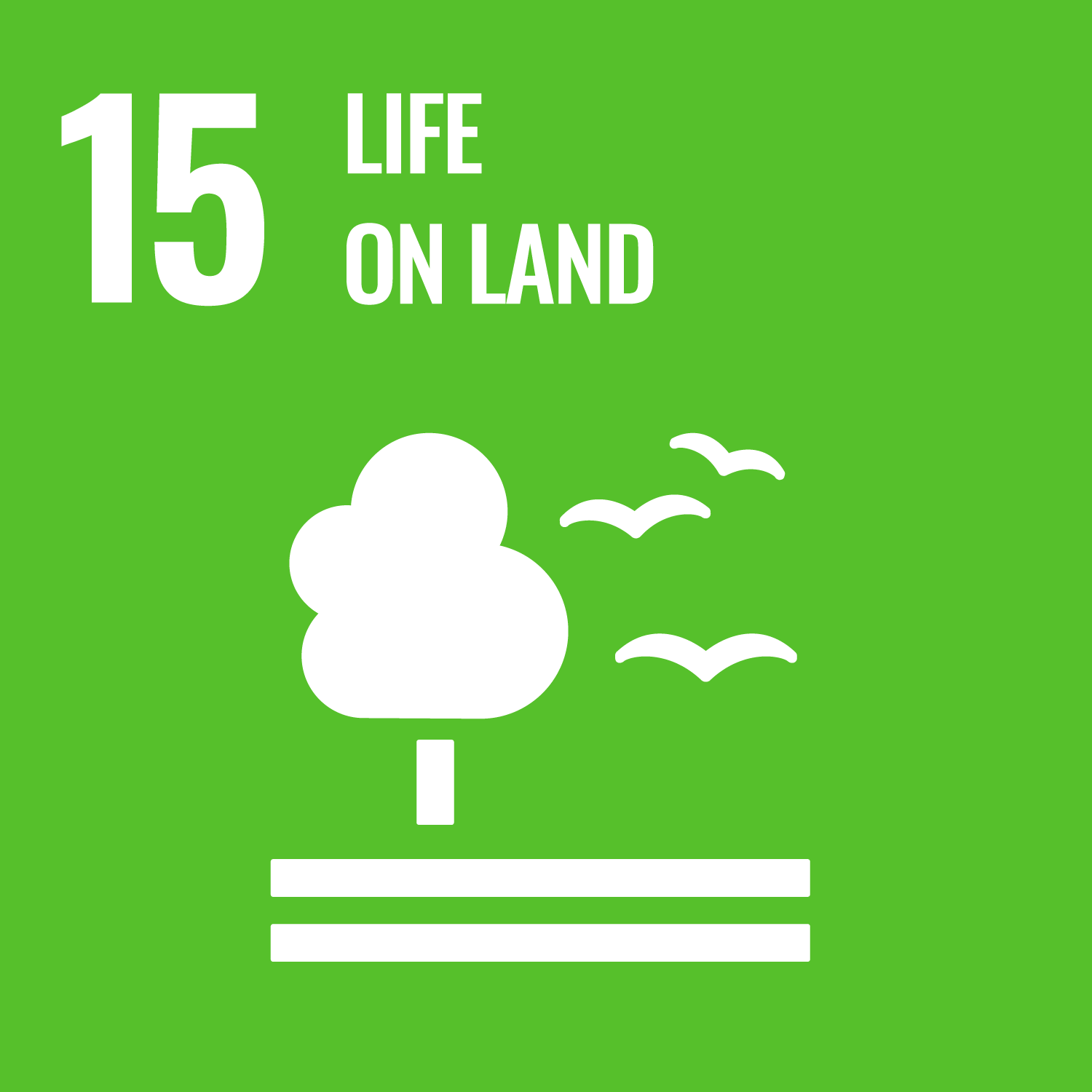
Promoting sustainable agricultural practices that protect biodiversity and contribute to halting land degradation.
Web Version:
On the homepage (https://bioprotectionportal.com/), start by selecting your country of interest, occupation, and the relevant crop and/or pest to perform a search.
Use the menu bar to explore educational resources, latest news, and membership information.
To change the website’s language, click the globe icon in the top right corner and select your preferred language.
Mobile App Version:
Last updated on 30 June 2025